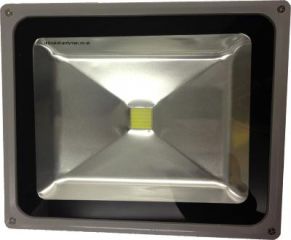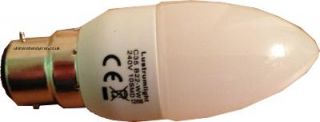Energy saving bulbs are one of the easiest ways to easily save energy.
I know that a light bulb is not an actual bulb, it is a lamp but for the sake of this article it is going to be referred to as a light bulb! Energy saving light bulbs are not a new phenomenon, they have been around for years. When they first came on sale they were like everything else-very expensive. Add some government subsidies and make them on a larger scale and they become much cheaper and affordable.
| Before working on any electrical circuit you must ensure that it is isolated correctly and cannot accidentally be switched back on. Please read the article on safe isolation procedures before doing any electrical work. If you are not 100% certain what you are doing call a qualified electrician. Building regulations are changing all the time and modifying your home electrics could be against new rules and could invalidate your home insurance, if in doubt check first! |
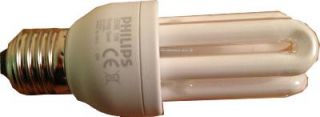
When people think of energy saving lamps this kind of lamp normally springs to mind. This is a CFL or a compact fluorescent lamp. This works on the same principle as large fluorescent lamps that you would find in a garage or a commercial building.
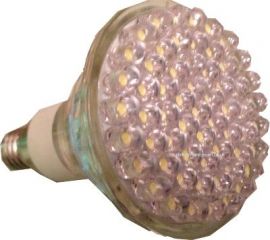
Energy saving lamps are now available for most light fittings, although you still have to be careful when choosing lamps that are compatible with dimmer switches. This LED lamp has an E14 fitting meaning that the fitting at the end is a 14mm Edison screw and uses just 3.3w of electricity. This would be used to replace an E14 Halogen lamp that would use 50w of electricity.
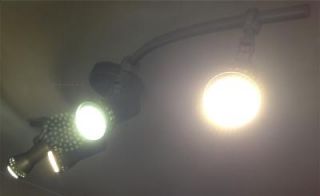
Although LED lamps are expensive to buy they normally pay for themselves after one year or so. In my kitchen I had twelve E14 lamps, all of which were 50w halogens. So when the lights were switched on that is a massive 600w just for the one room. Now I have twelve 3.3w LED lamps and the lights now use just 40w. The kitchen light is on for a minimum of 4 hours each day, multiply that by 365 (days) and by 600w and you use 876kw of electricity per year. Electricity is approximately 14p per KWH at the time of writing this which equals £122.64 per year for the kitchen light alone. Now lets do the same calculation using the LED's. 4 x 365 x 40w =58.4kw multiply by 14p = £8.17 per year, which is a substantial saving.
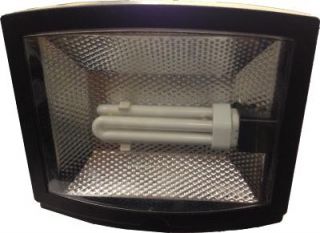
Floodlights often use halogen lamps which burn electricity. It's common to see 200w, 300w or 500w halogen flood lights. This floodlight uses a compact CFL and only uses about 30w



